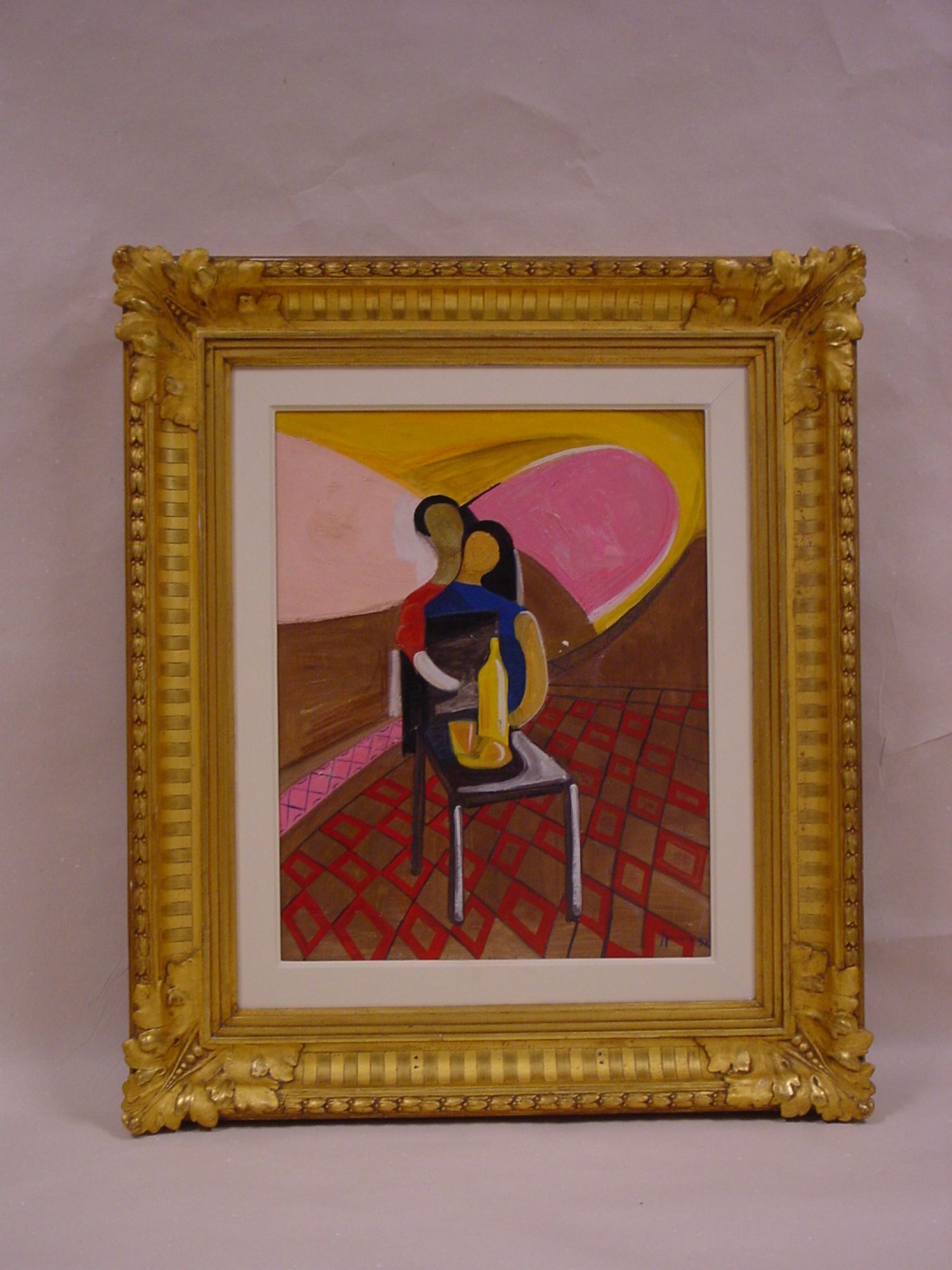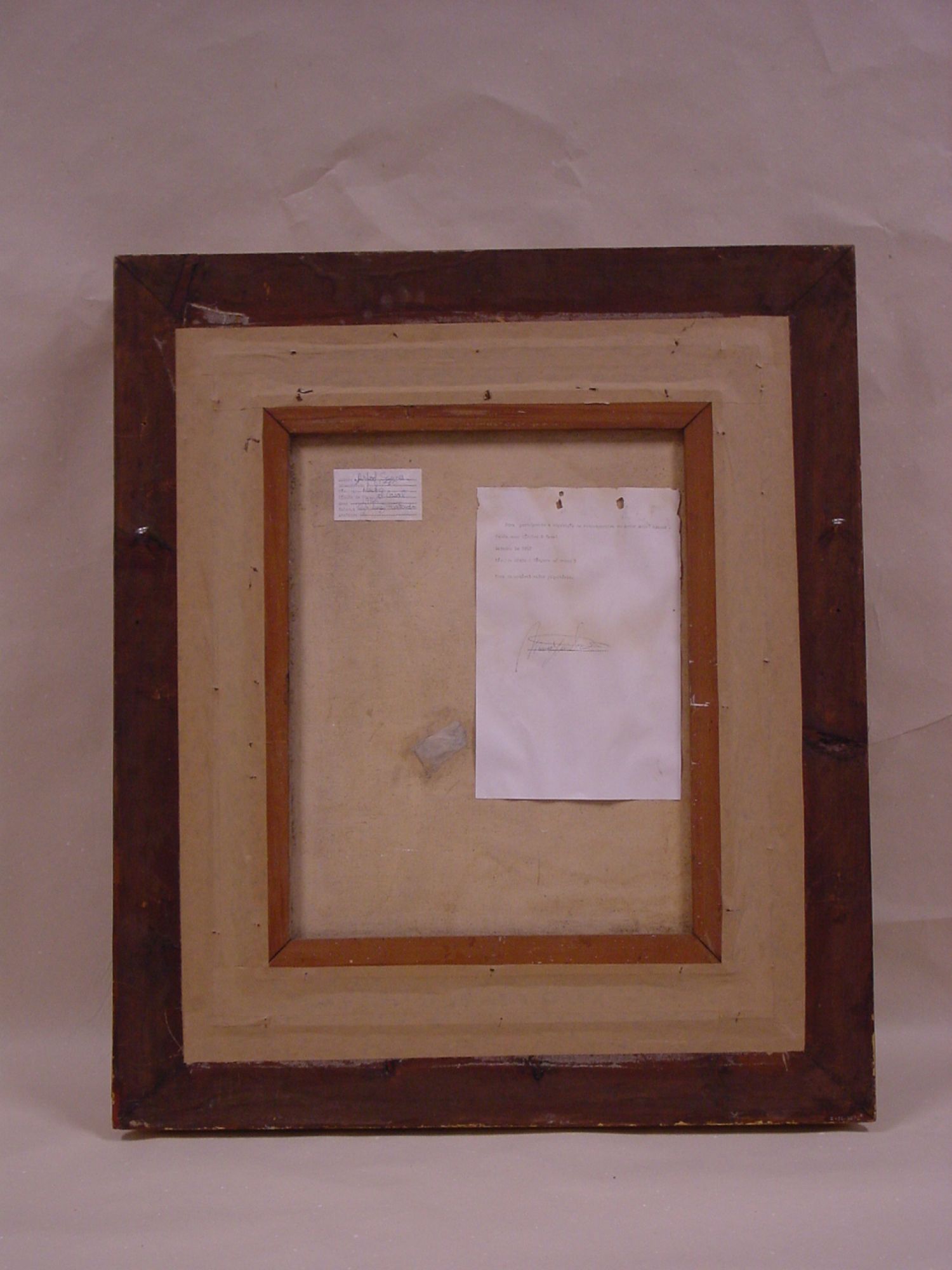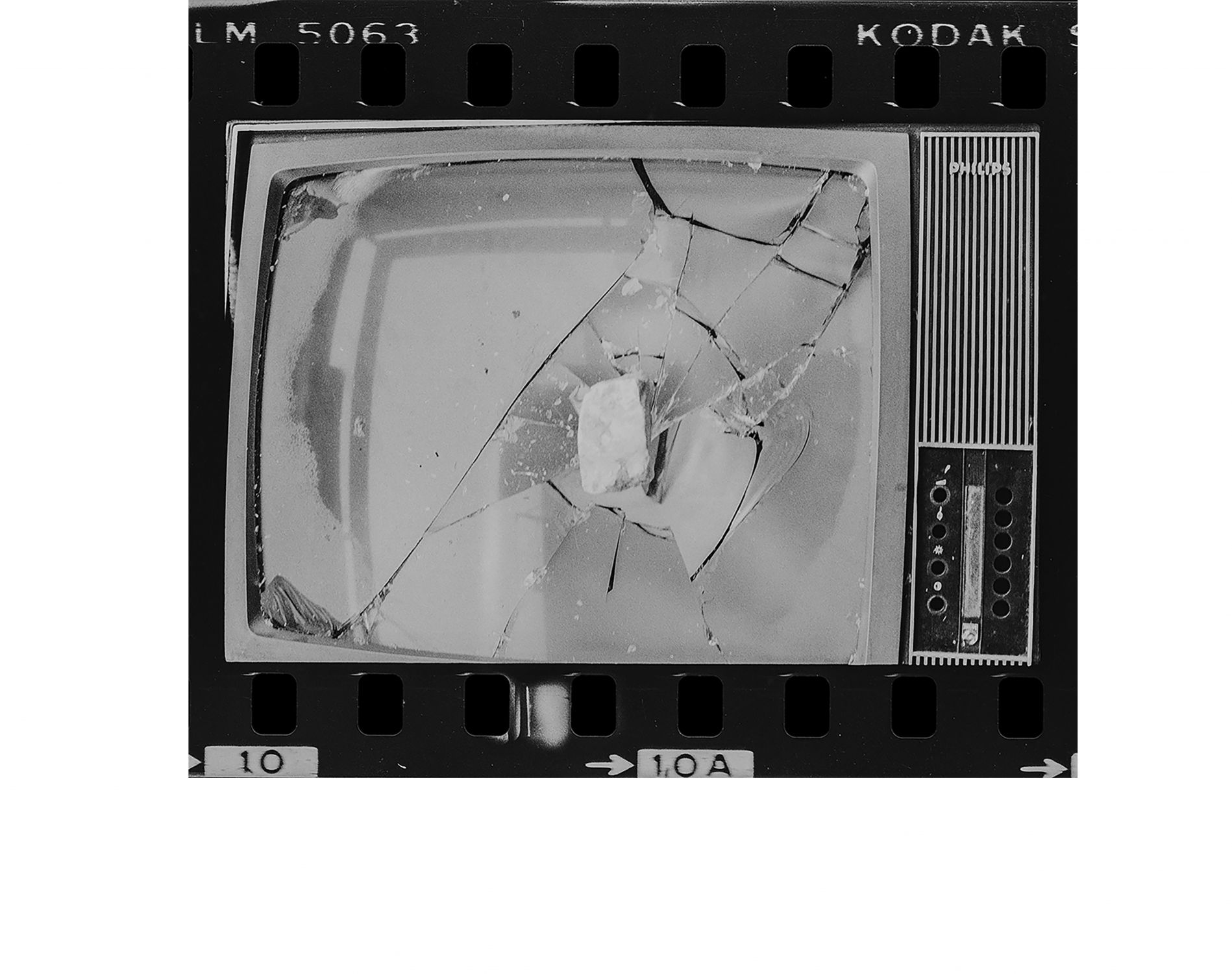What do «Fakes» have to tell us
Leonor SáIn the preface of Mark Jones' seminal work regarding fakes[1], David M. Wilson[2] states:
«There is a horrid fascination about fakes: although we sweep them under the carpet we tend to discuss them and review them ad nauseum; but we review them in an almost shamefaced fashion because we as experts have bumped up against our own fallibility (…) We are all emotionally involved with fakes; [but]nobody wants to be associated with them.» (Jones, 1990: 9)
In Portugal this ambivalence and discomfort on the subject of fakes is even more notorious: if on one hand the theme has guaranteed success in the popular imaginary through crime fiction or in the more or less sensationalist media, one can verify exactly the opposite in the academia or in the curators’ circles, where the question is mostly olympically ignored, not to mention the art market, where a more or less screaming silence about this matter usually reigns.
Mainly in the Anglo-Saxon world, however, the thematic of fakes has been often assumed and treated with a genuine, head-on interest by academics and museums of utmost relevance alike, which have presented important exhibitions regarding the theme. As an example and by chronological order, we can mention an important exhibition at the British Museum titled Fake? The Art of Deception (1990), several exhibitions at Victoria & Albert Museum (2006, 2009 and 2010) organized by the British Police, and the Detroit Institute of Arts' Fakes, Forgeries and Mysteries (2010-2011).
Most of these exhibitions have seen the fake artifacts addressed not only from the perspective of law and criminal prevention – as fraudulent objects, more or less imperfect, whose production and circulation it is important to prevent – but also as valuable documental testimonies, truly revealing of the culture and demands of the period in which they were forged and traded in order to ‘respond’ to its ‘cultural desires’. Thus, to Mark Jones, curator of Fake? The Art of Deception and director of the Victoria & Albert Museum between 2001 and 2011, «Fakes are (…) before all else, a response to demand, an ever changing portrait of human desires. Each society, each generation, fakes the thing it covets most.» (Jones, 1990: 13). While to Wendy Steiner, in the wake of Jones, «they are historical documents of great value, the best indexes to the state of the art market at a given moment, clues to what an age considered signs of authenticity, marks of cultural desire[3]» (Steiner, 1990).
It follows that Fakes – an epoch's genuine «marks of cultural desire» – become objects of study totally worthy of our attention and interest, if approached in a heuristic way, multifaceted and interdisciplinary. Our fairly limited contribution aspires to no more than calling attention to this kind of approach to fakes, outlining its application to the fake art collection of the Museu de Polícia Judiciária, circumscribed to fake works apprehended throughout the country, except its northern region[4], since 1992. Thus, even a brief look over the more than two hundred items constituting this collection can lead us to interesting and revealing reflections, not only on some of the contours of this criminal phenomenon in Portugal, but also on the ‘marks of cultural desire’ of the epoch and society where they are inscribed. In fact, when addressing the fakes collection in question there are two aspects that immediately stand out and on which we can make a few brief considerations:
– Firstly, most of the fakes that compose it are distinctively gross forgeries.
– Secondly, the whole collection displays fake signatures of artists predominantly from the 20th (and 21st) century, with even a few from the end of the 19th century, with a complete absence of works supposedly attributed to artists from previous centuries.
Regarding the first point we astonishedly verified that the weak quality of the fakes by no means prevented the makers and/or sellers of these counterfeits to repeatedly make them available in the market. Such audacity is not by chance. It aims to, and plays with, at least two factors: a feeble and uneducated aesthetic and artistic perception, not only from the forgers themselves, but from their clients as well, since otherwise neither the former would have the nerve to place such weak quality ‘merchandise’ in the market, nor the latter would buy it; and a predictable silence from the experts, who won't take the initiative of complaining, or rule about the subject, unless they are prompted to. Indeed, in most cases the paintings in question had been repeatedly traded, with the complaints that led to the criminal prosecutions being usually placed by buyers who eventually found out – for reasons other than their own perception of the ‘artwork’ quality – that they had been scammed. Such set of factors indicates, therefore, the existence of a gullible market, eager for these ‘products’, whose ‘marks of cultural desire’ may be pleased, with little effort, through swindling, and thus more than fertile ground for crime of this sort. This market is composed by people with enough financial means, aspiring to ascend the social ladder, but profoundly unacquainted with aesthetic and artistic matters (and who, in spite of that, don't usually resort to experts before doing their acquisitions), who perceive possession and ostentation of artworks as a sign of social status. Naturally, such phenomenon is not specific of our country, but common worldwide, and it should be understood in the wider context of the growing glamour that surrounds the art world (Sá, 2013). Per Aage Brandt gives us a particularly interesting perspective of this contemporary phenomenon. According to Brandt, in today's artistic world the unprecedented, overwhelming maximization of marketing and communication technology transforms art into a true «ceremony», which produces a «modern collective ‘hysterization’ of attention» (Brandt, 2004: 210).
As to the second point – the absolute prevalence of fakes from modern or contemporary artists in the MPJ collection – it just confirms, as we will see, the conclusions drawn from the first. In fact, we verify that the makers or sellers of the fakes in question easily purport to counterfeit or forge contemporary and modern art, the same not occurring, apparently, with older styles. If we add this facet to the previous one, the low quality of fakes, we are led to think that the makers of these especially clumsy fakes don’t master any pictorial techniques, which prevents them from imitating older artworks and styles, which they consider more complex, on the contrary feeling more encouraged to mimic modern and contemporary artists (more popular and sought for in the market), of whose production they don’t have the slightest notion and which they visibly consider easier to copy. In fact, in some cases it’s impossible to doubt the total lack of aesthetic or artistic knowledge by the forgers, being that one of the items even raises doubts about their literacy. Indeed, the fake canvas of Arpad Szenes titled O Casal and dated from 1952 – which is reproduced below – displays an ‘Authenticity Certificate’ in the back, whose content ends with the following words: «Obra de notável valor piquitório» [roughly “Art work of notable picktory value”].


The reader is not told this factual ‘anecdote’ gratuitously, but because it tells us something important regarding the ‘marks of cultural desire’ of the country that we are, and which collide with some of the stereotypes that live in our minds, transvisually ‘remediated’ (Bolter and Grusin, 2000) by tons of glamourous crime fiction: a country with a recent past of very high levels of illiteracy, which contemporarily are still relatively high, levels which the Portuguese criminality – as well as its market – naturally can’t escape. Continuing with national anecdotes, a considerable number of Portuguese like to announce that they have a “Malhoa” [José Malhoa was a well known Naturalist and Realist painter, from the late 19th century] over the living room couch, preferably acquired as an authentic ‘bargain’. But they are not alone in the world: internationally the same humorous sayings are common, like the one stating that from the 3,000 ‘Corots’ in existence, 10,000 belonged to Americans.
Bibliography
BOLTER, Jay David and Grusin, Richard. (2000). Remediation. Cambridge, Massachusetts, and London: MIT Press.
BRANDT, Per Aage. (2004). «Art, Technique, and Cognition» in Spaces, Domains and Meaning. Essays in Cognitive Semiotics. Bern etc.: Lang, 211-218.
JONES, Mark. (1990). Fake? The Art of Deception. Berkeley and Los Angeles: University of California Press.
SÁ, Leonor. (2013). «A performance do falso e a colecção do ilícito: fétiches, mercado - e museus» in Mendes, Paulo & Jürgens, Sandra Vieira (eds.), Collecting, Collections and Concepts – Uma viagem iconoclasta por colecções de coisas em forma de assim, Guimarães: Fundação Cidade de Guimarães / IN.TRANSIT Editions. https://www.academia.edu/21868900/A_performance_do_falso_e_a_cole%C3%A7%C3%A3o_do_il%C3%ADcito_fetiches_mercado_-_e_museus
STEINER, Wendy. (1990). «In London, a Catalogue of Fakes» in The New York Times
http://www.nytimes.com/1990/04/29/arts/art-in-london-a-catalogue-of-fakes.html?pagewanted=all (as read on March 3, 2016)
Footnotes
- ^ JONES, Mark. (1990). Fake? The Art of Deception. Berkeley and Los Angeles: University of California Press.
- ^ Archaeologist, art historian and curator, he taught at the Cambridge University and was the director of the British Museum from 1977 to 1992.
- ^ Our italics.
- ^ The Northern Directory of the Polícia Judiciária houses its collection of fakes in an exhibition space of their own.




